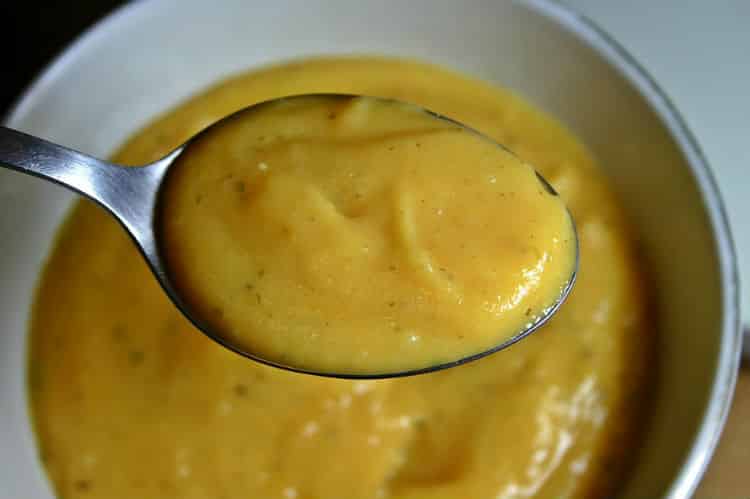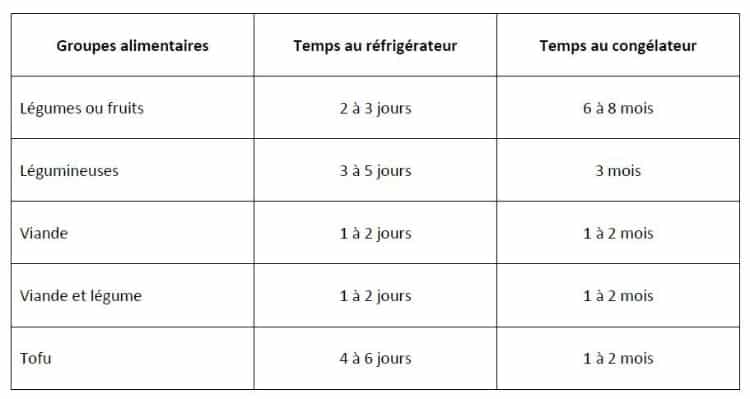 If you would like to learn about the process to make your purées, read the previous entry How to Make Purées?
If you would like to learn about the process to make your purées, read the previous entry How to Make Purées?
Several restrictions exist for storing baby purées. Here are the instructions to follow for success.
- After making the purée, pour it in an ice cube tray or another container of your choice which will allow for small quantities to avoid waste;
- Some parents use Squeeze Station by Infantino (which I find is a gadget) to mechanically pour purées in freezer bags;
- Cover the container (ice cube tray or other) with a plastic wrap and put it in the refrigerator to cool it for two hours before putting it in the freezer for 8-12 hours;
- Remove the purée cubes and place them in freezer bags, labelled for date and purée type. You can use a permanent marker to write on the bag;
- It’s important to remove the air from freezer bags with a straw to avoid frost formation, which will add more water to the purée when thawed;
- Quickly return the bags to the freezer;
- Note that you can’t refreeze a purée that has been thawed or heated.
Recommended freezing times:
You shouldn’t make large amounts of meat purées or mixed purées with meat as the storage time is rather short.
Like homemade purées, be aware that pot purée, once opened, can be frozen. On the other hand, it should ideally be frozen as soon as the jar has been opened and not 3-4 days after refrigeration in order to maintain freshness. Depending on the constituents of the purée, the texture may be altered when thawed, especially if it contained a lot of water. The suggested freezing time is the same as the homemade mash.
However, I always recommended to new mothers giving birth during harvest time to make their vegetable and fruit purées before childbirth. Foods will be fresher and cheaper.
Also, don’t forget that if your baby is between 4 and 6 months, they should eat smoother purées. However, if they start solids at six months, they will be quickly able to handle purées with pieces of food in them. You shouldn’t store large amounts of smooth purée to avoid waste.
The Art of Reheating Purées
On thawing, chose the number of cubes you want and the container you will use to give the purée to your baby. To do so, you can do different things:
- Place the frozen cubes in the fridge in the morning for lunch and dinner to start the thawing process and reheat when you’re ready;
- Place the frozen cubes in a water bath for the meal to thaw and heat;
- Place a small glass or Pyrex container with the frozen purée in the bottom of a pot with water and reheat;
- Place the frozen purée in a microwave-ready container and heat 30 seconds at a time. Stir often to equalise the temperature of the purée and always let it sit at least 30 seconds before testing the food temperature. Then serve it to the baby;
- If the meal is late or for whatever reason the baby isn’t eating right away, reheat the meal and give it to them again. If there’s any left at the end of the meal, unfortunately, you have to throw it away to prevent contamination.
Read the following entry on the Art of Serving Purées.



